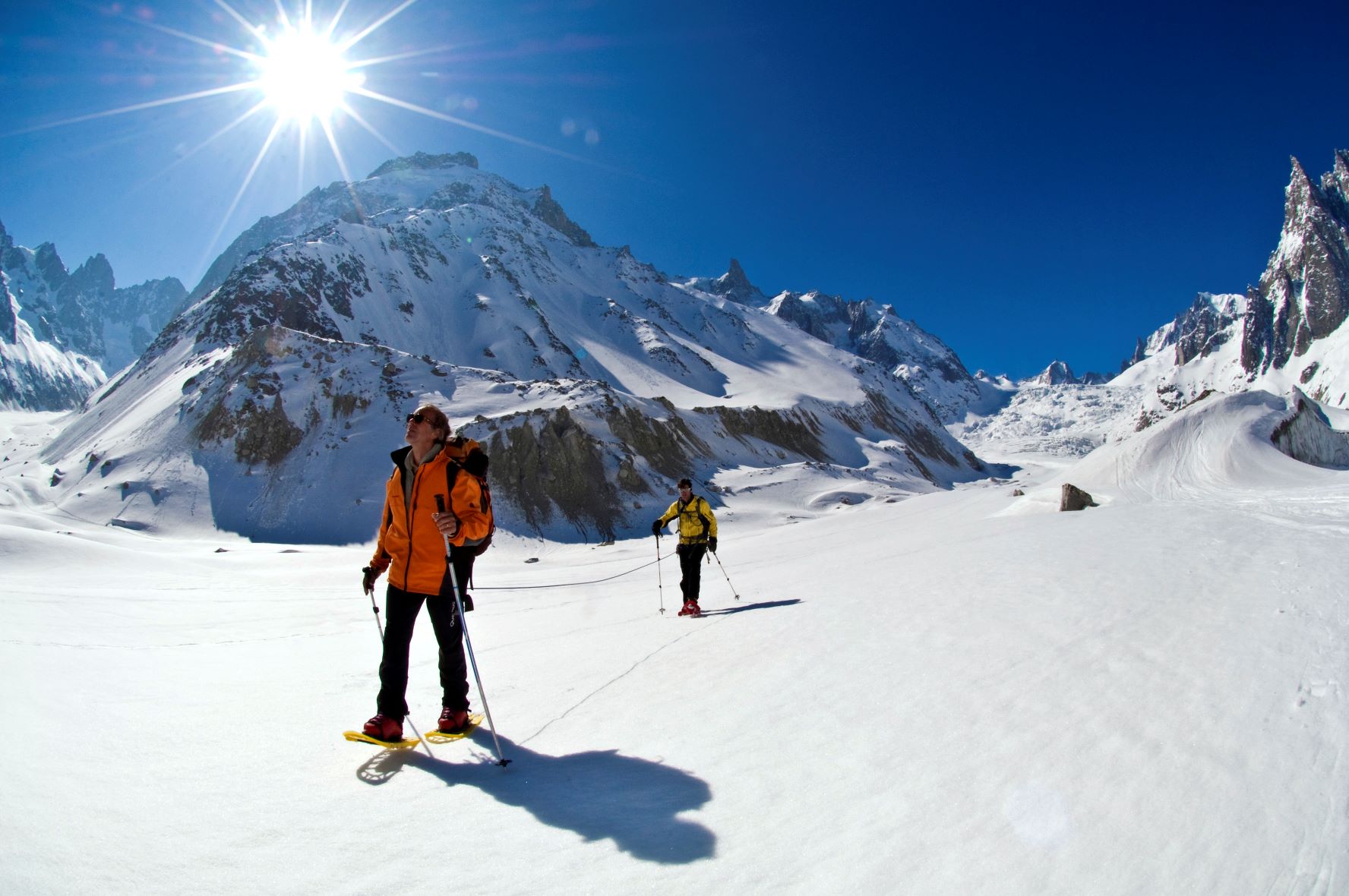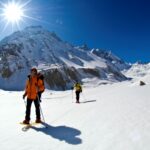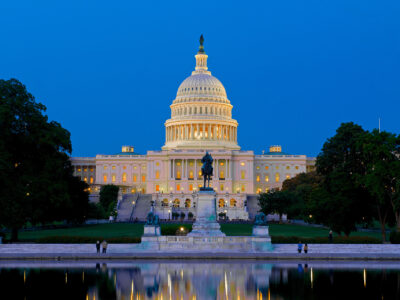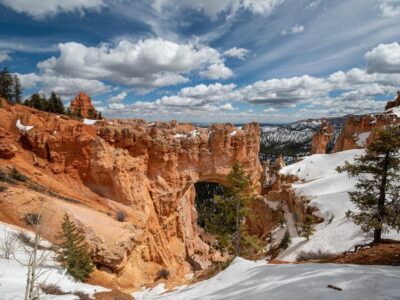
A 2003 UNEP report had forecast that the levels of snow falling in lower-lying mountain areas would become increasingly unpredictable and unreliable over the coming decades, due to warming of the winter climate (Photo: Atout France)
Till about a decade ago, the onset of November saw the first horde of eager skiers make their way to their favourite resorts in Europe and North America as the upper reaches of mountains were duly covered with fresh, powdery snow that made it a perfect spot for ski. However, over the past few years, ski resorts and tourists have stayed on the edge as snows have become extremely erratic and often the first good snowfall, enough for ski, happens in late November or even mid-December.
Some of the European favourites in Italian, Swiss or the French Alps have had to wait almost up to the Christmas to see the white spread that is symbolic of the festive season. This has led to mass-cancellations of bookings at ski resorts, threatening the future of hundreds of resorts and the towns or villages almost entirely dependent upon ski tourism for survival.
A series of reports published by the United Nations Environment Programme and various research institutes paint a dismal picture about ski resorts, especially those at low altitudes. As early as in 2003, a report by UNEP had forecast that the levels of snow falling in lower-lying mountain areas would become increasingly unpredictable and unreliable over the coming decades, due to warming of the winter climate.
The report said that between 37-56 pc of ski resorts in Switzerland face unreliable levels of snowfall and could have so less of the white powder that they would not be able to attract overseas tourists or even the local winter sports enthusiasts. The UNEP had cautioned that the impact could be even more severe for resorts in Germany and Austria as their resorts are located at even lower altitudes.
The study said that ski resorts in North America and Australia would be impacted too. Indeed, the UNEP study forecast that none of Australia’s ski resorts will be economically viable by 2070 under a worst-case scenario.
But global warming is expected to be stronger on land areas in the northern hemisphere during the winter months, making mountain-based winter tourism acutely vulnerable. In Austria, the present snow line is likely to rise 200 to 300 metres over the next 30 to 50 years. ‘‘Many mountain villages, above all in the central and eastern parts of Austria, will lose their winter industry because of climate change,’’ says the study. In Italy, half of the winter sport villages are below 1,300 metres. Some of these have been facing major problems with snow cover. In future, there will only be a few winters with a winter atmosphere or snow in these ski resorts, the study had warned.
The study focused on Switzerland to assess the likely future impacts of climate change on a typical winter sports country. They considered a ski resort ‘snow reliable’ if, in seven out of 10 winters, it receives at least 30 to 50 centimetres of snow on at least 100 days between December 1 and April 15.
Currently 85 percent of Switzerland’s 230 ski resorts are classed as ‘snow reliable’. These are in areas where the snow line is at 1,200 metres or above. Under one scenario, snow in ski resorts becomes unreliable at 1,500 metres in 30 to 50 years as a result of global warming. A 300-m rise in the snowline would reduce the number of snow-reliable ski resorts to 63 pc and if snow reliability rises to 1,800 metres, under a more acute warming scenario, only 44 pc of skiing regions would be snow reliable.
Strategies of survival
As the warnings of snow-failure turn to realities, season after season, many resorts and indeed entire regions in Europe have begun exploring ways in which to survive. For instance, in Switzerland, the popular ski resort of Mount Titlis, one of the favourite with Indian tourists, has been covering its slopes with snow blankets that reflect a large part of the sunlight in attempt to prevent snow from melting. Currently, about 100,000 sq m of Swiss slopes are covered with these blankets, whose efficacy and practicality as a solution for all is yet to be evaluated.
For decades, ski resorts have been using snow making machines, but these are extremely expensive to operate and the snow cover is far from the real one. Plus, they are heavily polluting, limiting them as a long-term solution.
Some other resorts are turning to explore business beyond ski such as hiking, trekking or educational tours. Many resorts are also looking at developing themselves as year-round destinations for their cooler climes and amazing views. One such town is the Swiss Alpine resort of Davos, host of the World Economic Forum’s annual meeting that brings together politicians and businesses from over 100 countries every January. Davos has been aggressively marketing itself as an all-year destination and with good justification. Some towns in Europe are also exploring ways of developing other mountain adventure sports like mountain biking or paragliding which can be done without snow on the ground.
Hence, for survival ski resorts need to adapt themselves and become mountain destinations, which will not only spread the tourist flow all year around, but also take away some of the worst affects of skiing such as avalanches caused by skiers going hors-piste (off the path) which often leads to avalanches with deadly consequences.






















